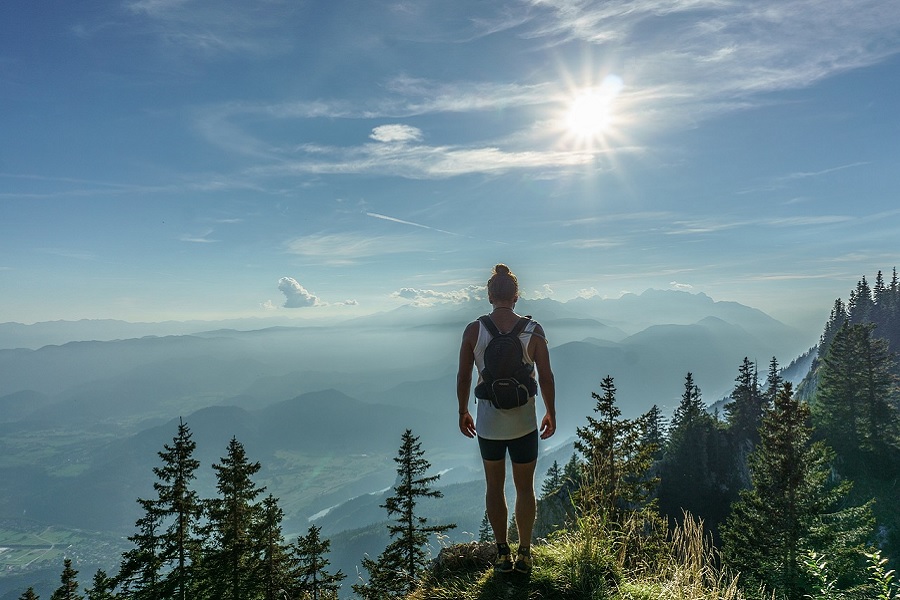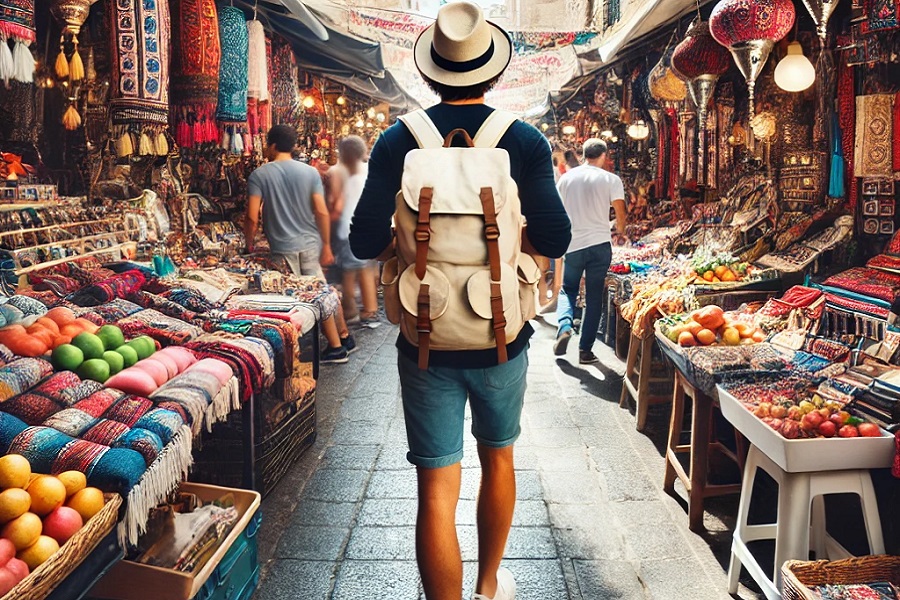Solo Hiking in the Grand Canyon: An Empowering Experience
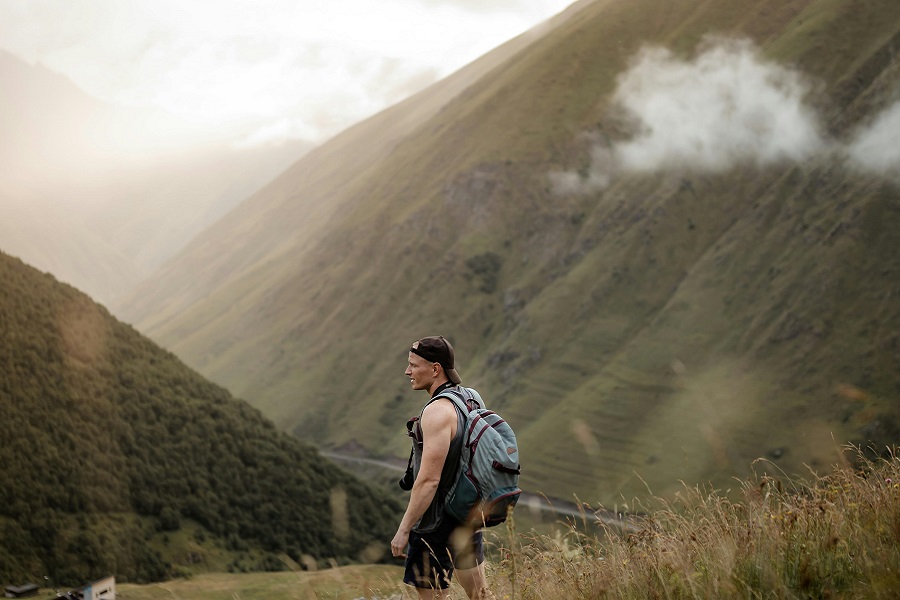
The Grand Canyon, one of the world’s most iconic natural wonders, offers more than just awe-inspiring views and geological beauty. For those seeking adventure, solitude, and personal growth, solo hiking in the Grand Canyon is an experience unlike any other. The vast expanse of the canyon, its dramatic landscapes, and the peaceful solitude found along its trails make it an ideal destination for solo hikers looking for empowerment and a deeper connection with nature.
Why Solo Hiking in the Grand Canyon?
Solo hiking can be a life-changing experience, especially in a place as magnificent as the Grand Canyon. With its rugged terrain, striking cliffs, and vibrant colors, hiking solo in the Grand Canyon allows you to engage with nature on a personal level. There are several reasons why this experience is so empowering:
-
Self-Reliance: Hiking alone pushes you to rely on your skills, instincts, and strength. From navigating the trails to dealing with any challenges that arise, it’s a journey that builds confidence and self-sufficiency. Every step you take in the Grand Canyon becomes an affirmation of your independence and resilience.
-
Personal Reflection: The solitude of solo hiking provides the space for deep personal reflection. The absence of distractions allows for quiet moments of introspection, making the experience not just about physical endurance but also about mental clarity and emotional growth. In the vastness of the canyon, you can find a sense of peace and connection that is difficult to achieve in everyday life.
-
Connection with Nature: The Grand Canyon is a place where nature’s power and beauty are on full display. Solo hiking enables you to fully immerse yourself in this incredible landscape, from the sound of the wind sweeping through the canyon to the stunning vistas at every turn. The sensory experience of being alone in such a grand environment can feel almost spiritual.
Planning Your Solo Hike
While solo hiking in the Grand Canyon can be a rewarding and empowering experience, preparation is key to ensuring safety and enjoyment. Here are some essential tips for planning a successful solo hiking adventure:
1. Choose the Right Trail
The Grand Canyon offers a range of hiking trails, from easy rim walks to challenging descents into the canyon. For a solo hiker, it’s important to choose a trail that matches your experience level and physical condition. Some of the best trails for solo hikers include:
-
South Kaibab Trail: A relatively short yet challenging descent, this trail provides dramatic views and leads to the Colorado River. The hike back up can be strenuous, so make sure you're prepared for the challenge.
-
Bright Angel Trail: One of the most popular and well-maintained trails, it offers water stations and rest stops, making it a good choice for solo hikers. The trail is longer but less steep than the South Kaibab Trail, allowing for a more gradual descent.
-
Rim-to-Rim Hike: For those with experience and a more adventurous spirit, the Rim-to-Rim hike provides an unforgettable experience. It involves descending from the South Rim and ascending to the North Rim, crossing the canyon floor. This requires serious preparation and is recommended for more experienced hikers.
2. Gear Up for Success
Being well-prepared is essential for a solo hiking trip in the Grand Canyon. You’ll need to pack light but ensure you have all the essentials, including:
-
Water and Snacks: The Grand Canyon is hot and dry, especially in the summer months. Carry sufficient water (at least 3 liters for a day hike) and high-energy snacks like nuts and energy bars.
-
Navigation Tools: While most trails are well-marked, it’s always smart to carry a map or a GPS device to prevent getting lost.
-
Proper Footwear: Make sure to wear sturdy hiking boots with good grip. The canyon’s rocky terrain demands reliable footwear.
-
Weather Protection: The weather can be unpredictable. Bring layers for warmth, sunscreen for protection, and a hat for shade.
-
Emergency Kit: Pack a basic first aid kit, a headlamp, and a whistle. It’s also wise to carry a fully charged phone and a portable charger, especially in remote areas.
3. Safety First
Solo hiking can be empowering, but safety should always be a top priority. Here are some precautions to take:
-
Notify Someone: Always inform a friend or family member about your hiking plans, including your trail, estimated return time, and emergency contacts.
-
Start Early: The Grand Canyon can get very hot, especially during the summer. Starting your hike early in the morning or later in the afternoon allows you to avoid the heat and make the most of the cooler hours.
-
Know Your Limits: Don’t push yourself too hard. Know when to turn back and respect your body’s signals. It’s better to return safely than risk overexertion.
The Empowering Benefits of Solo Hiking
Solo hiking in the Grand Canyon provides a variety of empowering benefits. The solitude allows you to step outside of your comfort zone and test your mental and physical limits. Overcoming obstacles, whether it's the challenging terrain or your own doubts, can leave you with a powerful sense of achievement. The ability to navigate the canyon alone strengthens resilience and encourages personal growth.
Additionally, the Grand Canyon’s beauty and majesty have a transformative quality. The vastness of the canyon puts life into perspective, and it often leaves solo hikers with a profound sense of awe and gratitude for the natural world. This experience can deepen your connection to the environment and help you develop a sense of mindfulness that lasts long after you’ve left the canyon.
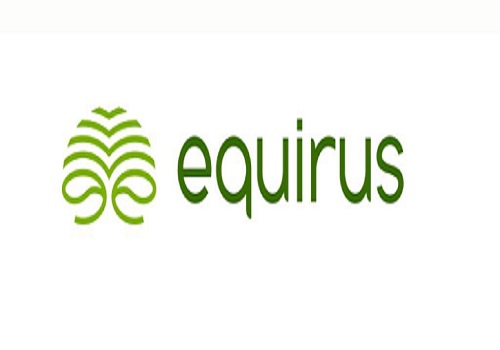
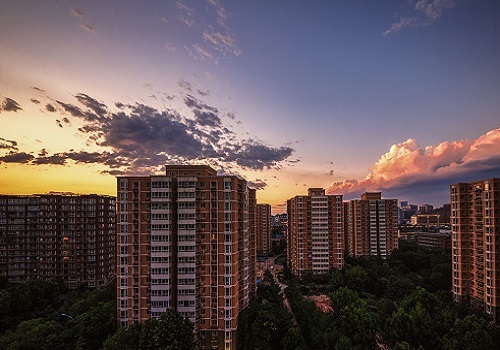


.jpg)











